Asians reputably love gambling, which goes some way to explain why the Kia Niro is available with three power options including an all-battery version.
But it’s not so much of a gamble to introduce and sell the e-Niro BEV because it’s one of the best of its kind.
A new generation of electric cars is coming on line to take over from the petrol-powered models as Governments around the world state their aim to end the reliance on fossil-fuels and take us down the electric road.
But that is still a little way over the horizon to it makes sense as Kia has done to offer conventional petrol engines and petrol-hybrids alongside the e-Niro.
Ok, its price is potentially a major barrier compared with petrol or diesels including the Niro ICE series but if you have a business or the freedom to choose what you drive, then the e-Niro is undoubtedly one of the best modern low-emission choices you could make.
HM Government changes putting a £35,000 ceiling on models eligible for a £2,500 Plug-in Car Grant mean only two out of four Kia e-Niros qualify for assistance and in future maybe only the cheapest grade 2 with 39kWh motor will benefit costing at the moment £32,845..
Kia has been one of the quickest adopters of electric traction, beginning with its 2014 Soul model and it’s rolled their in-house ev-technology into the family series where it will probably make the most money.
It deserves to. The new e-Niro is very good, bringing this new generation to existing owners who may have earlier experiences of models with modest or short range between recharges and who have been worried about making longer journeys without dramatically altering their lifestyle.
Now any compromises are far less intrusive and Kia is making it as easy as possible with the standard supply of two types of charging cable, for a three-pin socket or a rapid charging outlet while some manufacturers short-sightedly offer just one.
The Kia electric motor is an almost instant starter and immediately punches out useful torque and power for a smart getaway. You can select eco, normal or sport modes to change the responses, extend miles or quicken up and it has a respectable turn of speed to keep up with traffic in towns, rural areas or on main roads and motorways. You’ll not really find it lacking anywhere.
It has a higher kerbweight due to the battery pack and this slightly hinders performance but after a day’s driving starting out with 223 miles it ended with some 150 miles but climbed to 290 miles overnight, when its cheaper to recharge.
With the average commute under 30 miles that gives potentially nine days of use between recharges. For longer journeys it can attain 80% charge in 54mins with a 100kW point or 75mins on a 50kW post.
For a driver, the Kia e-Niro means the compromises are less than you might expect and it does offer a lot of equipment. It matches many executive models with its quick acting climate control, good output, temperature and directional ability, powered heated front seats and wheel, big multi-purpose infotainment screen with wifi and satnav, with multitude of accessories plug-in power and USB ports.
It even has an inductive charging pad for suitable phones and the instant connection and quality of the link are very good.
The infotainment system seemed slow to react and sometimes needed a couple of attempts to work. You could have whole or split screens and some features operated through buttons on the wheel spokes as well.
Driving the Kia e-Niro was much easier by comparison. So long as the ignition key is adjacent there is a button push start/ stop, a rotary dial for Drive or Reverse and simply depress the throttle to move. Automatic parking brake is applied for hill-hold and there’s an electric brake if required.
It steers very well with sensitive feedback, a good turning circle and no unwanted vibrations while the brakes combine with the electric engine’s inbuilt retardation to quickly slow it when needed.
Ride quality is distinctly on the firm side and not as soft as you might expect in a family car, but more akin to a sporting model, so road rumbles are the most obvious intrusion when moving and when stationary there’s a background whirr from the motor.
Otherwise it was very quiet, so on well surfaced tarmac it literally glided along.
Getting in and out was very easy and there was an average sized boot with cable store beneath and offset split back seats which quickly dropped to triple capacity.
For people, the Kia e-Niro was roomy and came with powered multi-adjustable seats shaped around occupants and were very comfortable while the oddments space throughout was impressive and lived up to its family role.
Visibility was helped by good lights and wipers together with the demisting in the air conditioning and powered windows all-round. The sensors alerted to traffic and objects close to the car and the coloured reversing camera was very clear.
The Kia e-Niro with 64kWh motor is very good at what it does and a step up from what has gone before, but significantly also what some rivals mistakenly believe they have put on sale.
FAST FACTS – Kia e-Niro3 64kwH
- Price: £37,350
- Mechanical: 201bhp 64kWh motor, automatic, front wheel drive
- Max Speed: 104 mph
- 0-62mph: 7.5 sec
- Range: 291 miles
- Insurance Group: 26A T2
- C02 emissions: Zero g/km
- Bik rating: 1% £ZeroFY, £145SR
- Warranty: 7yrs/ 100,000 miles
- Size: L4.38m, W1.81, H1.57m
- Bootspace: 451 to 1405 litres
- Kerbweight: 1812kg
For: Comfortable seats, roomy cabin, good major and minor controls, clear instruments, effective climate control, long range with useful mode settings, dual-choice charging cables, very well equipped and lots of oddments space
Against: Firm ride, fiddly infotainment system, average bootspace, expensive to buy, particularly without a PiCG.



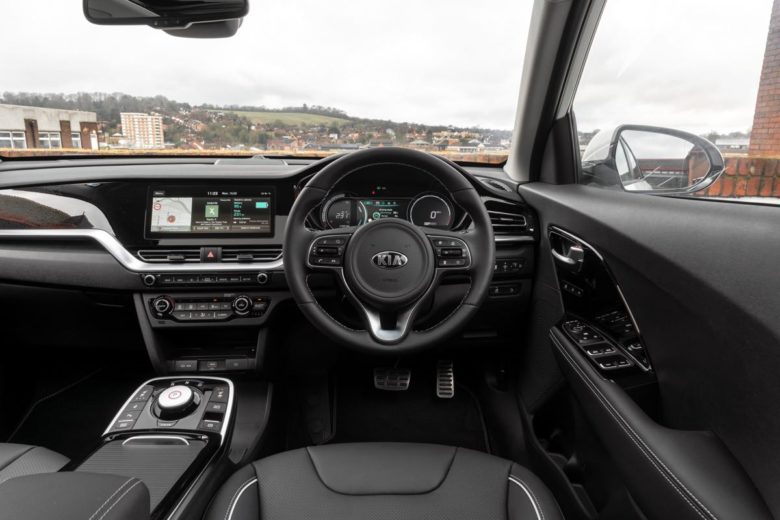
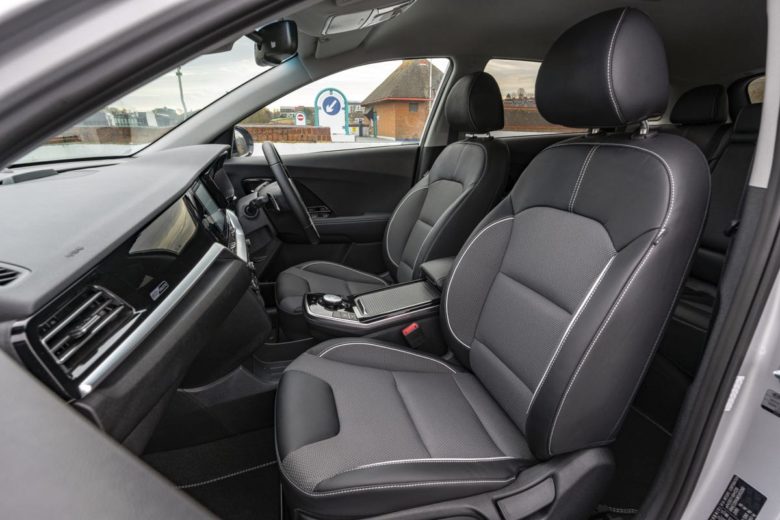

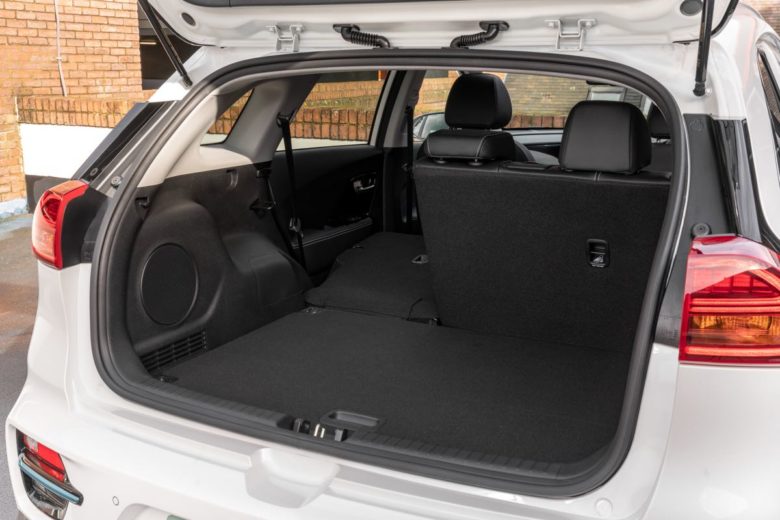
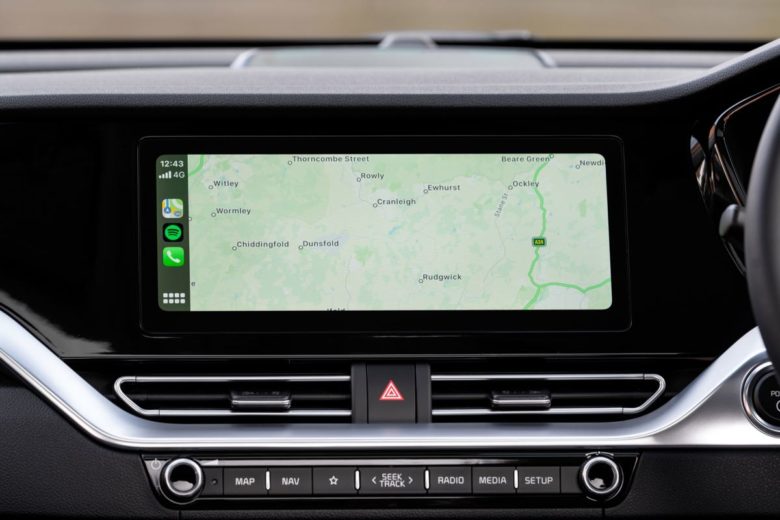
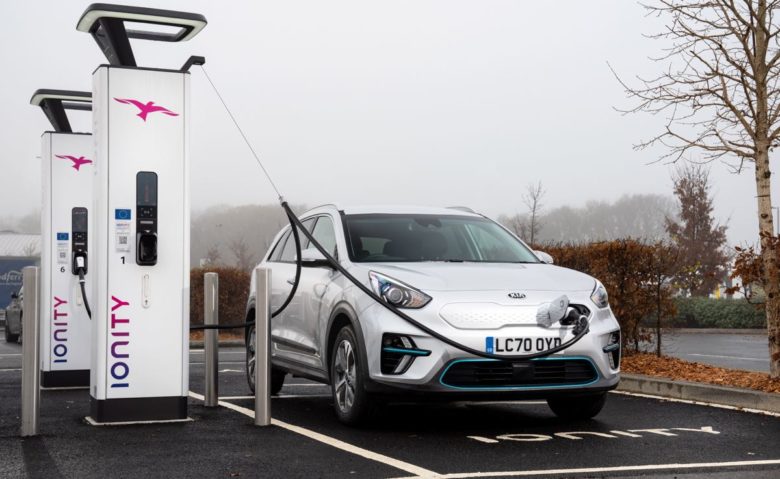
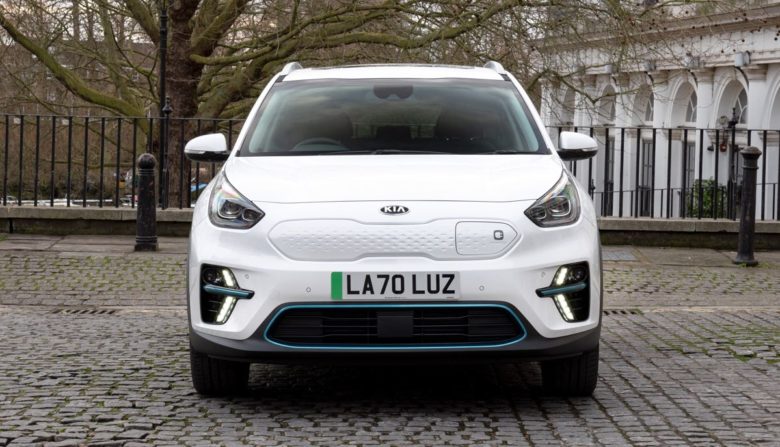
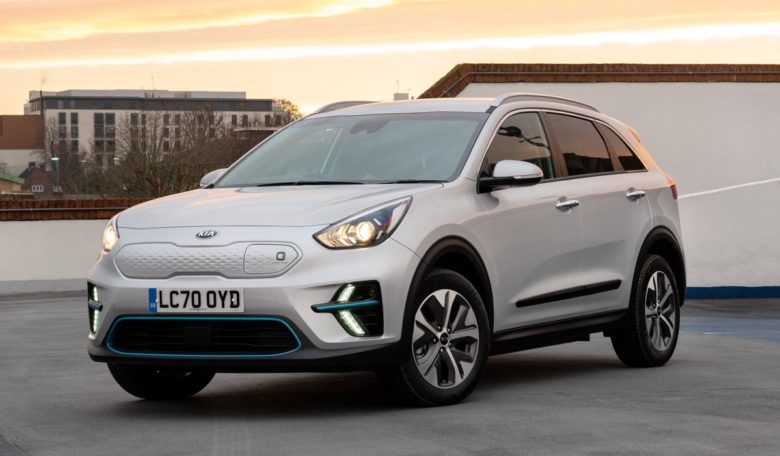
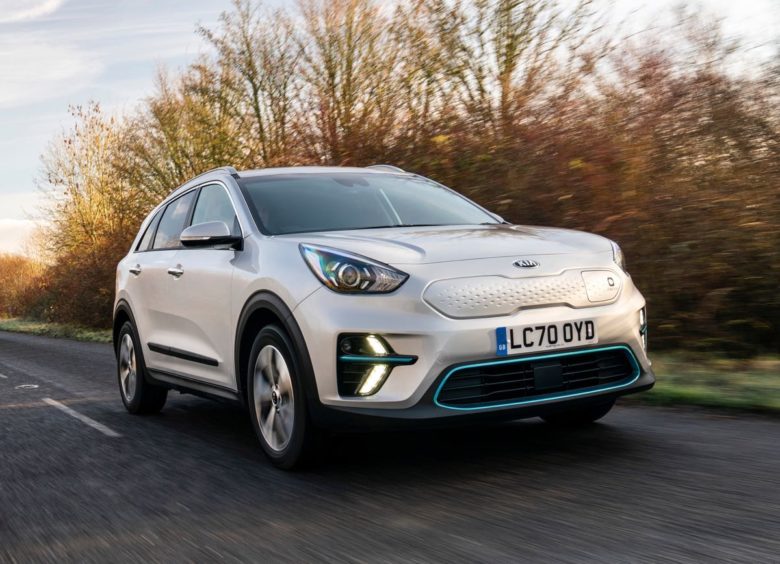
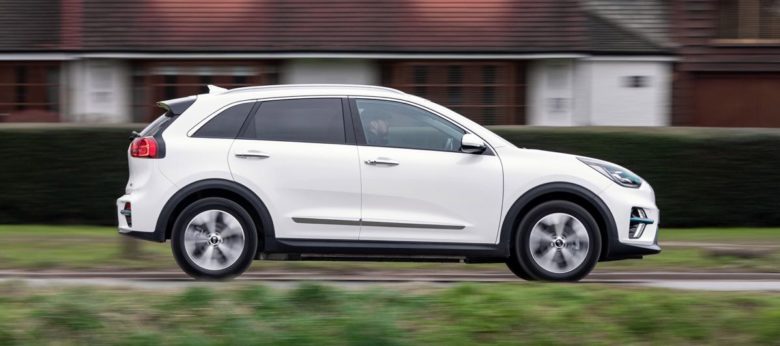
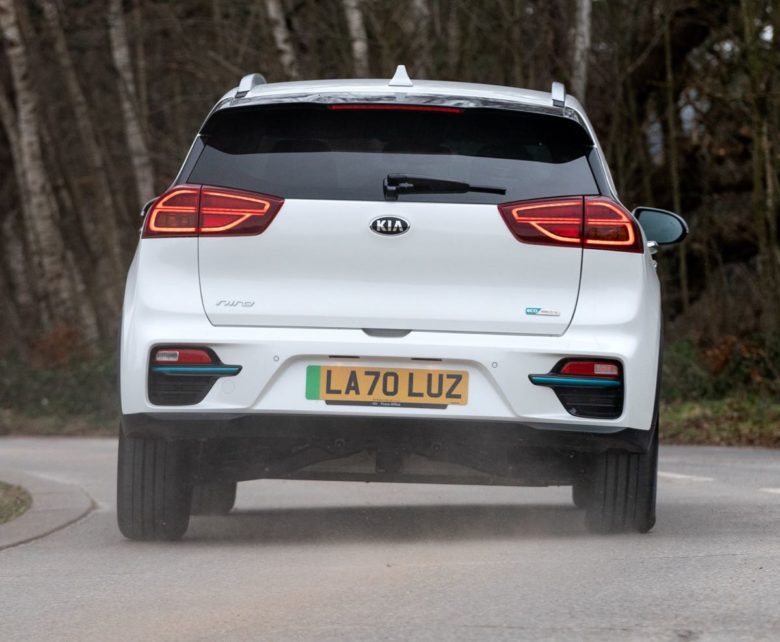
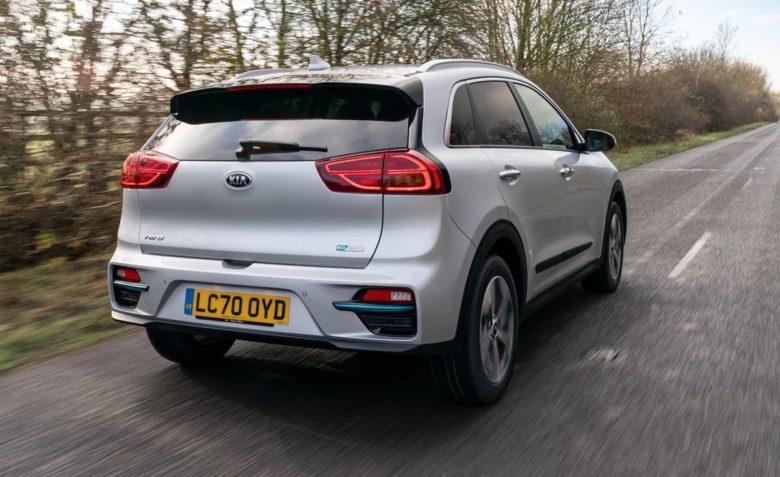
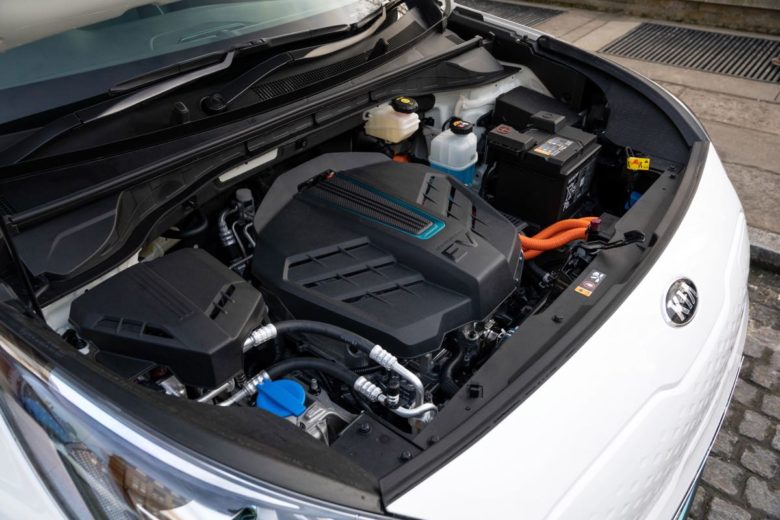
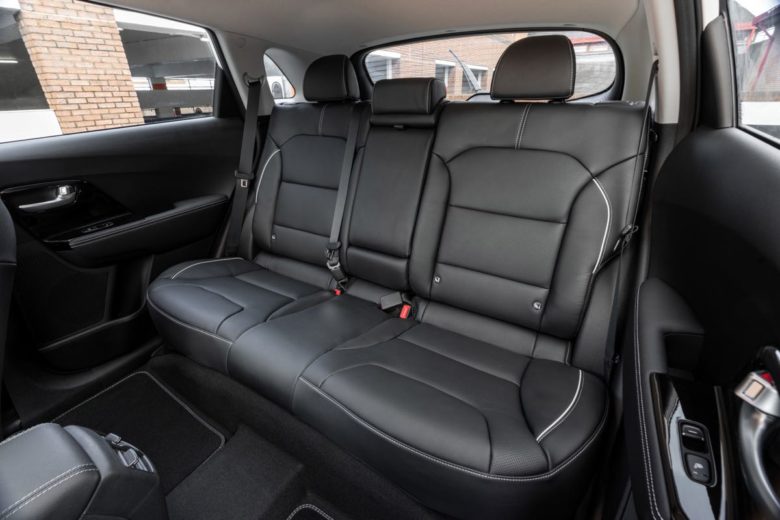


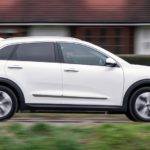
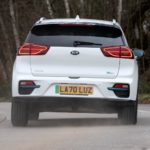

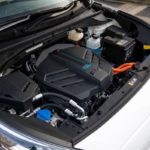

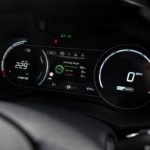



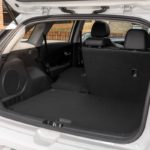

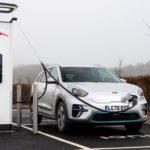
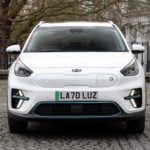

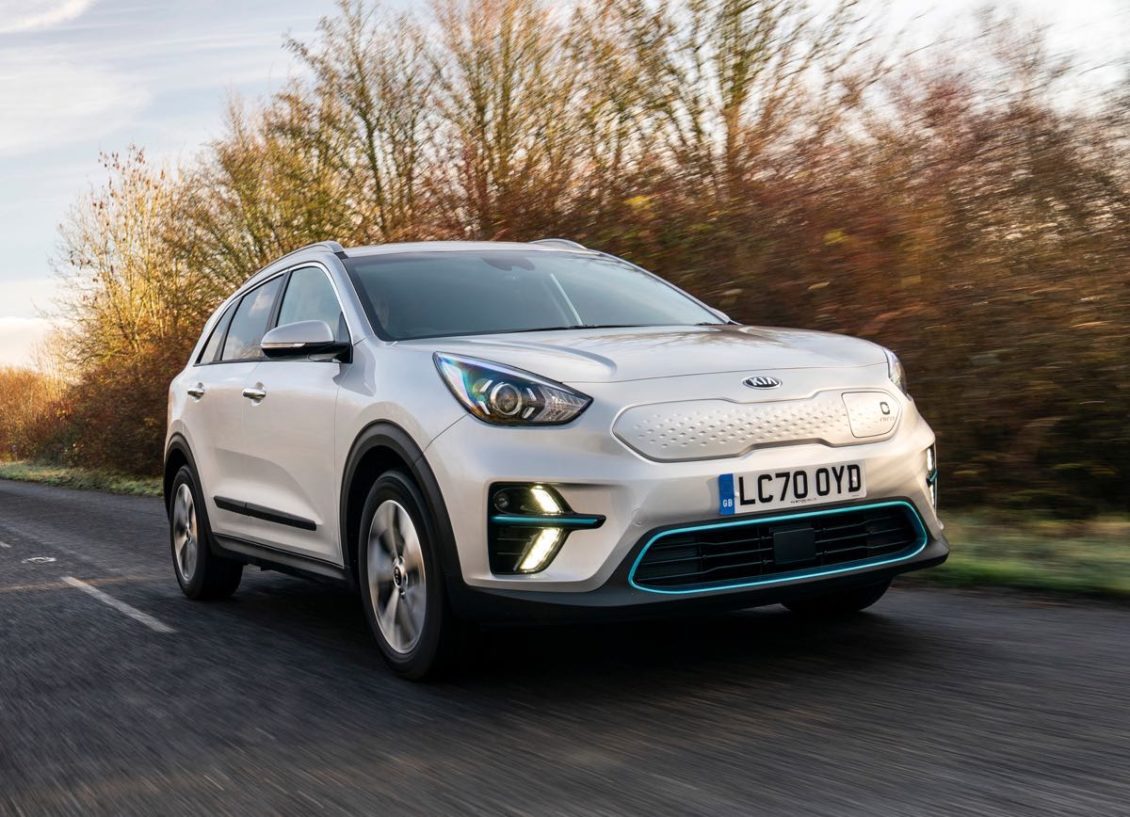
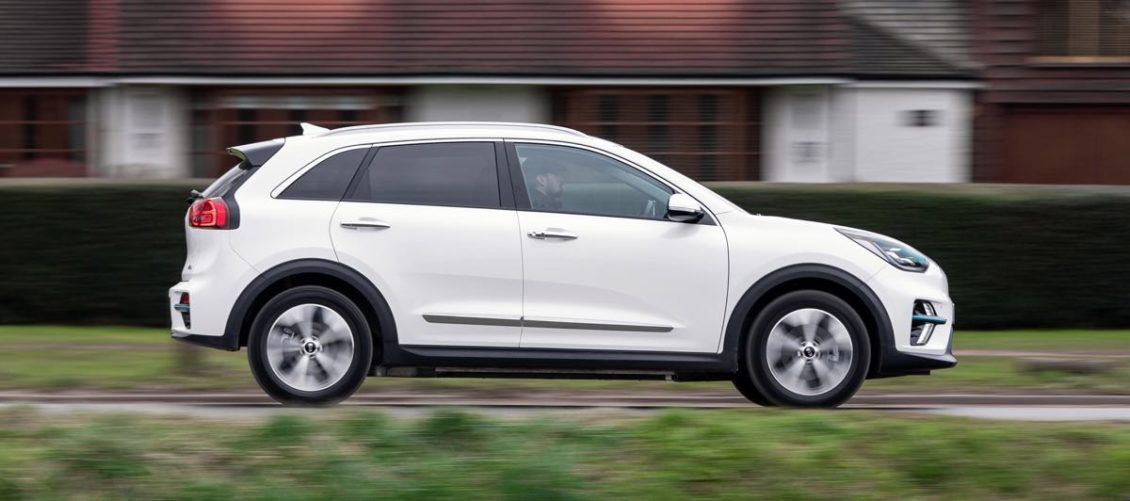
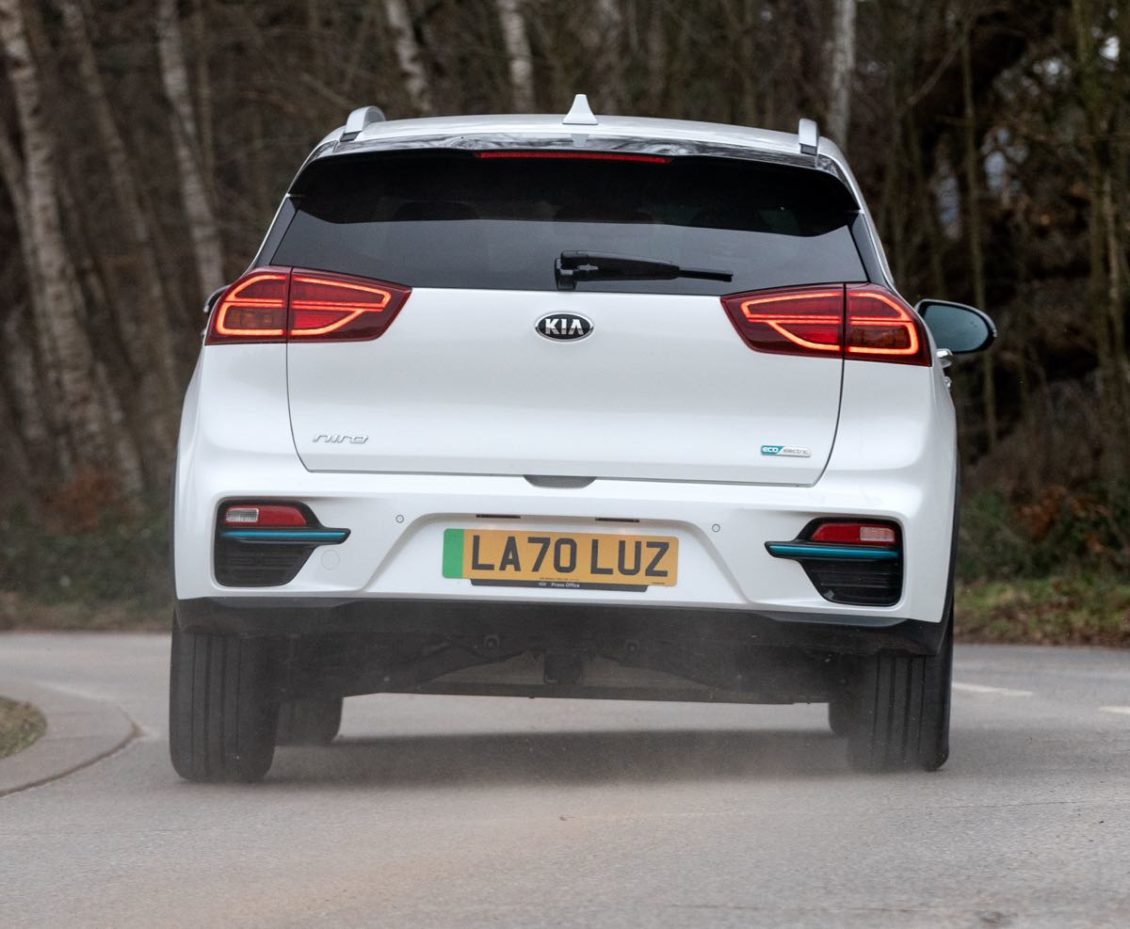
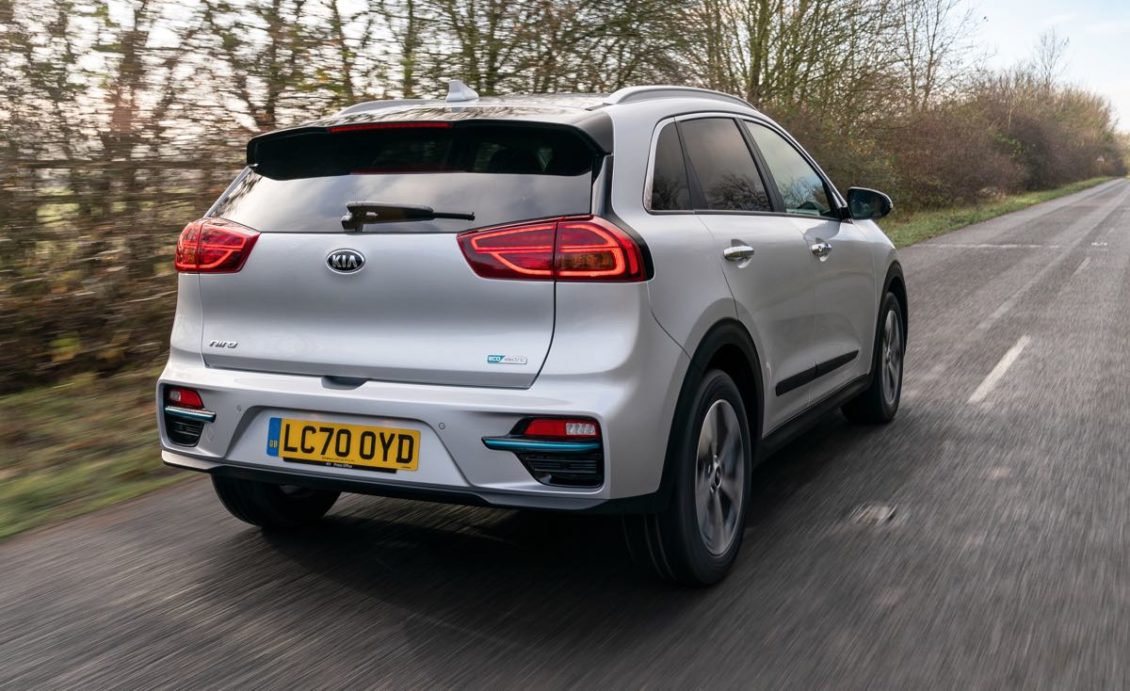
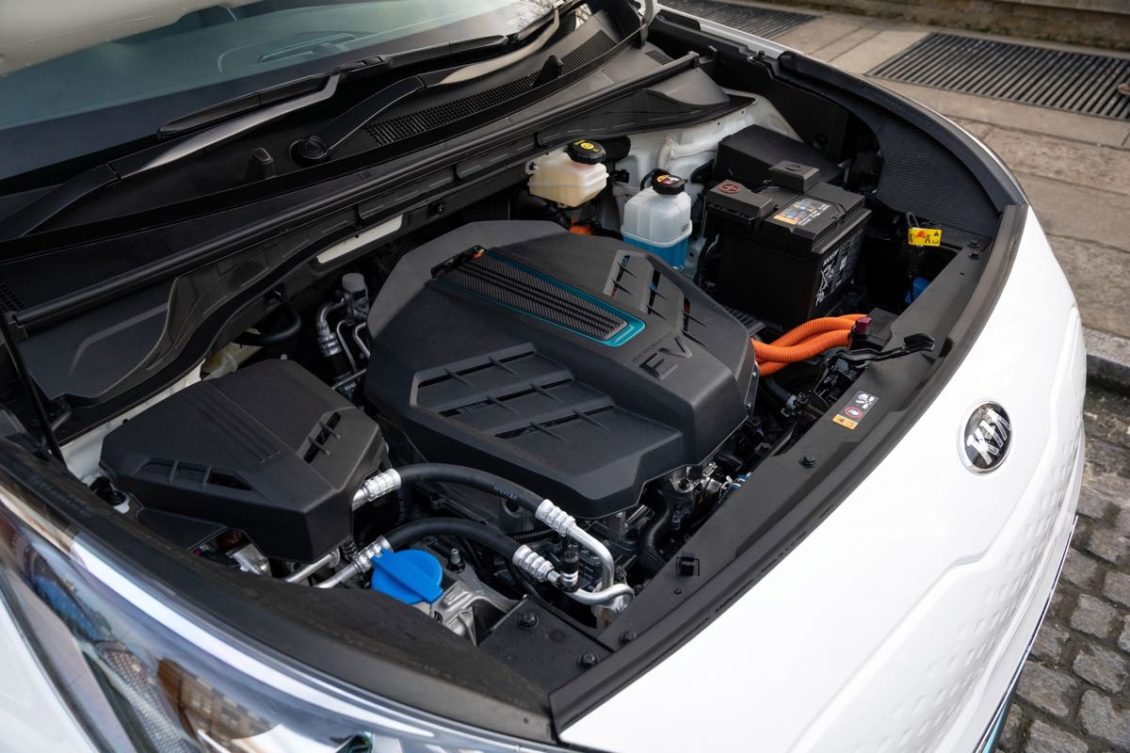
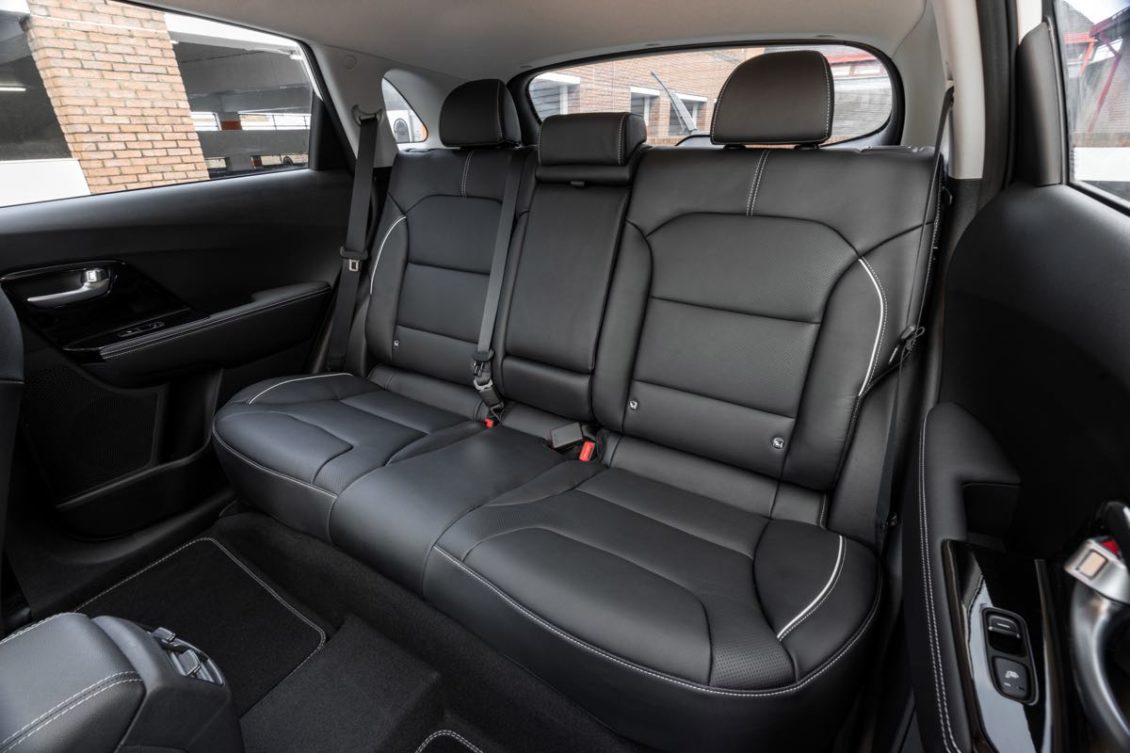
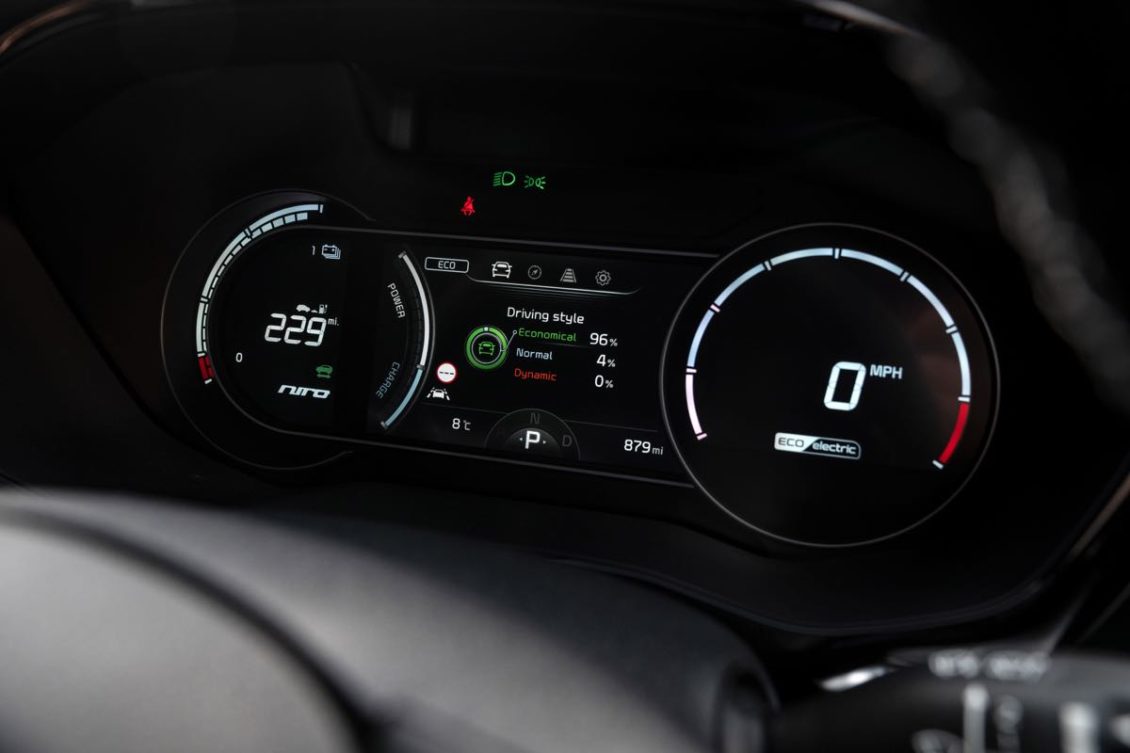
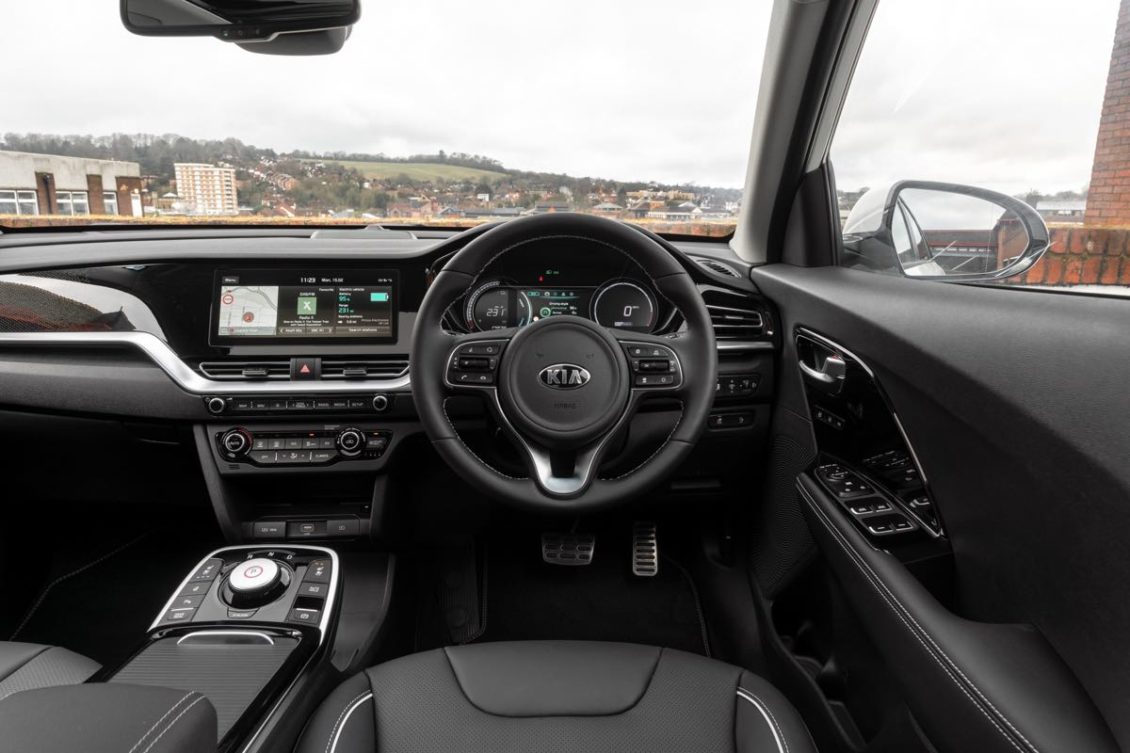
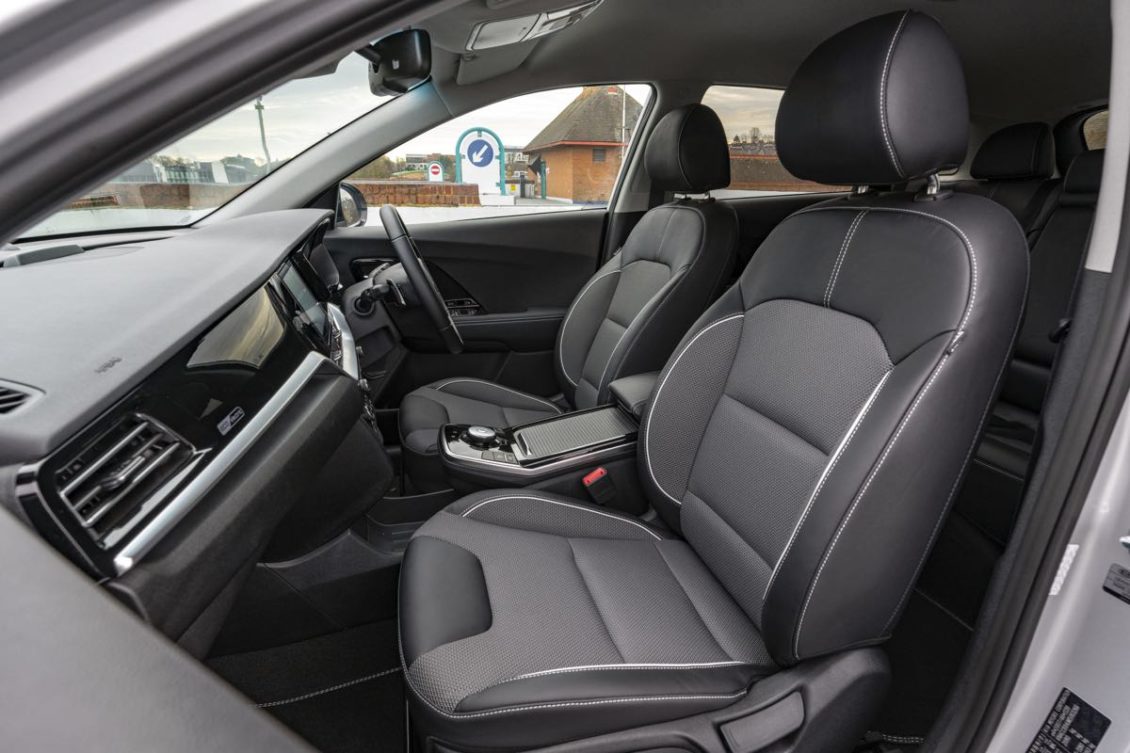
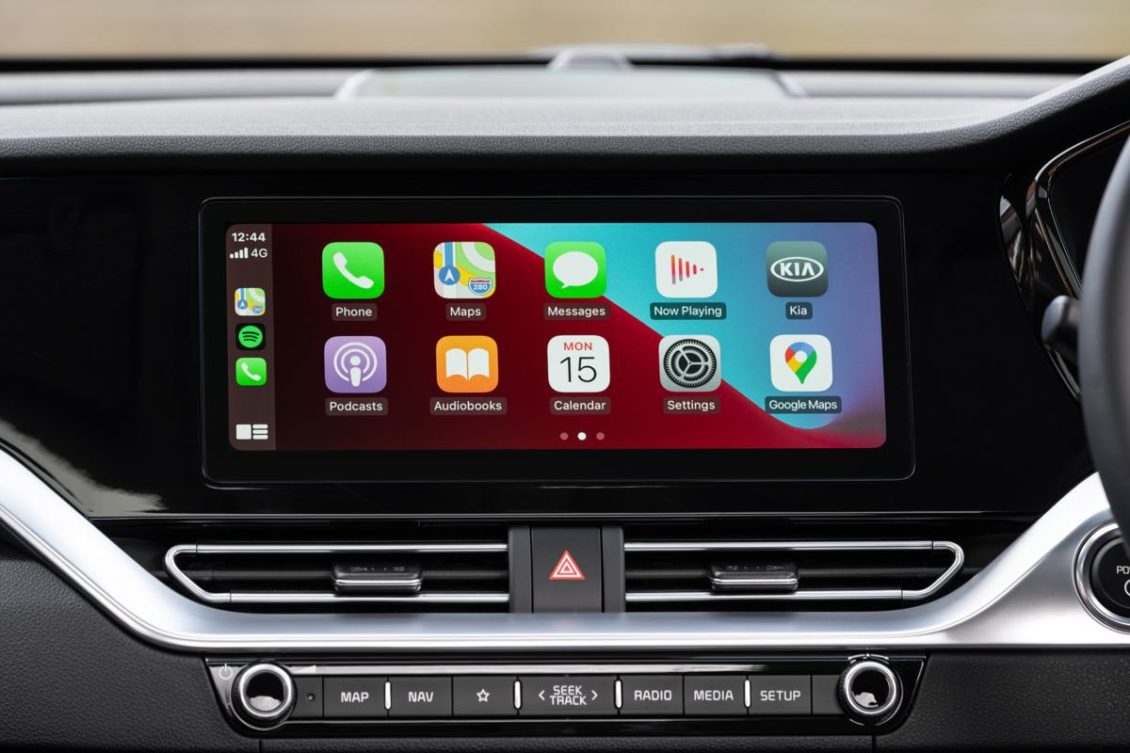
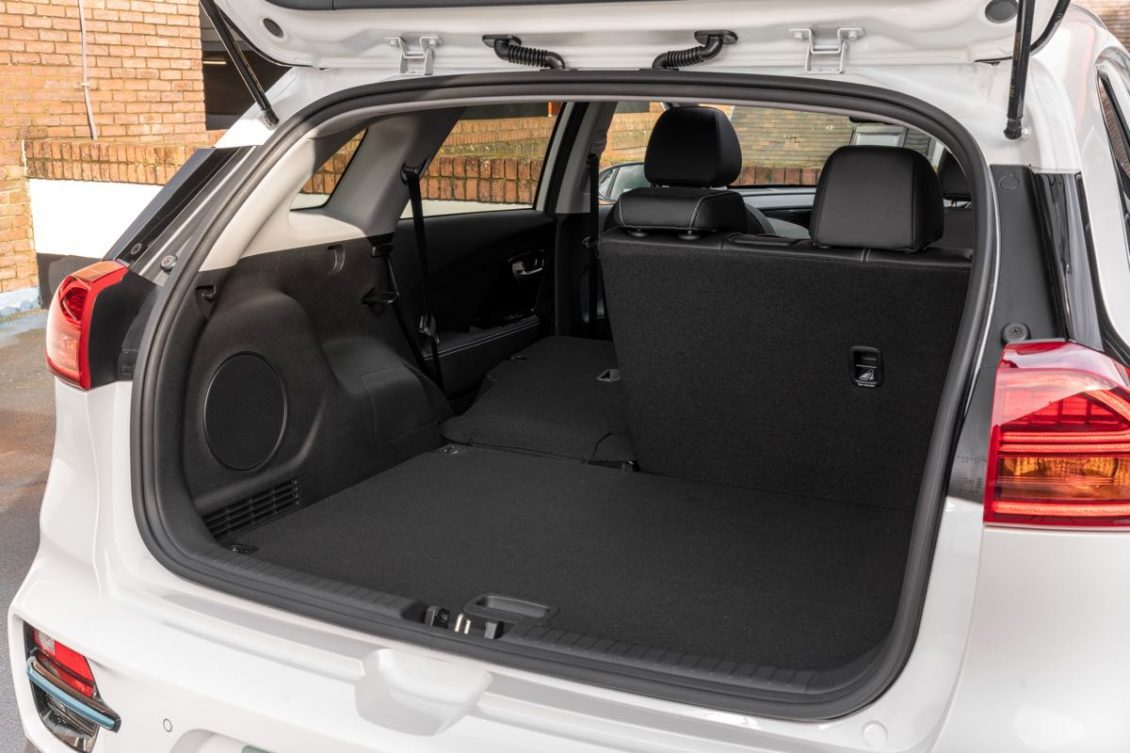
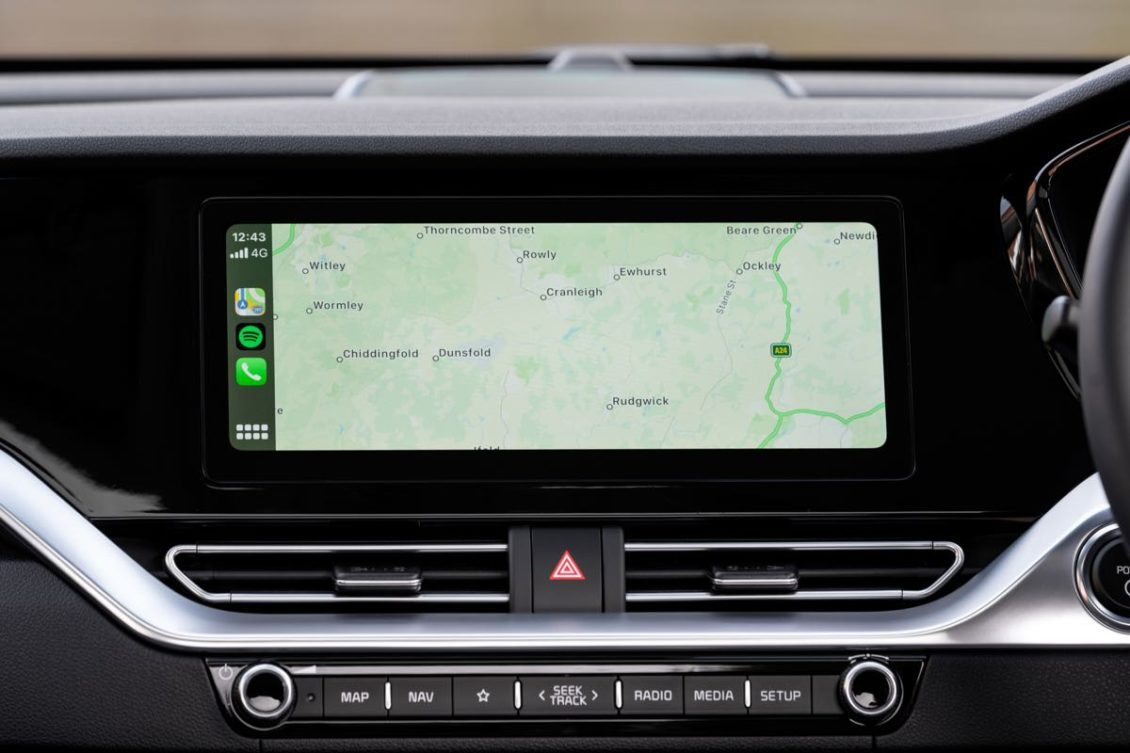
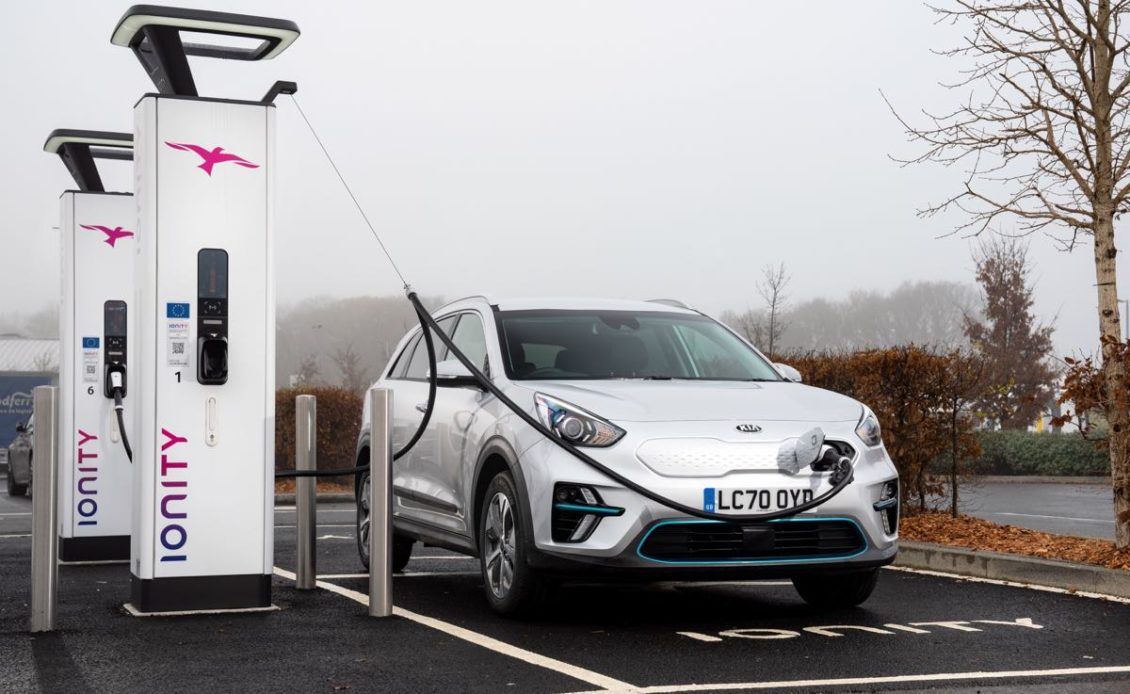
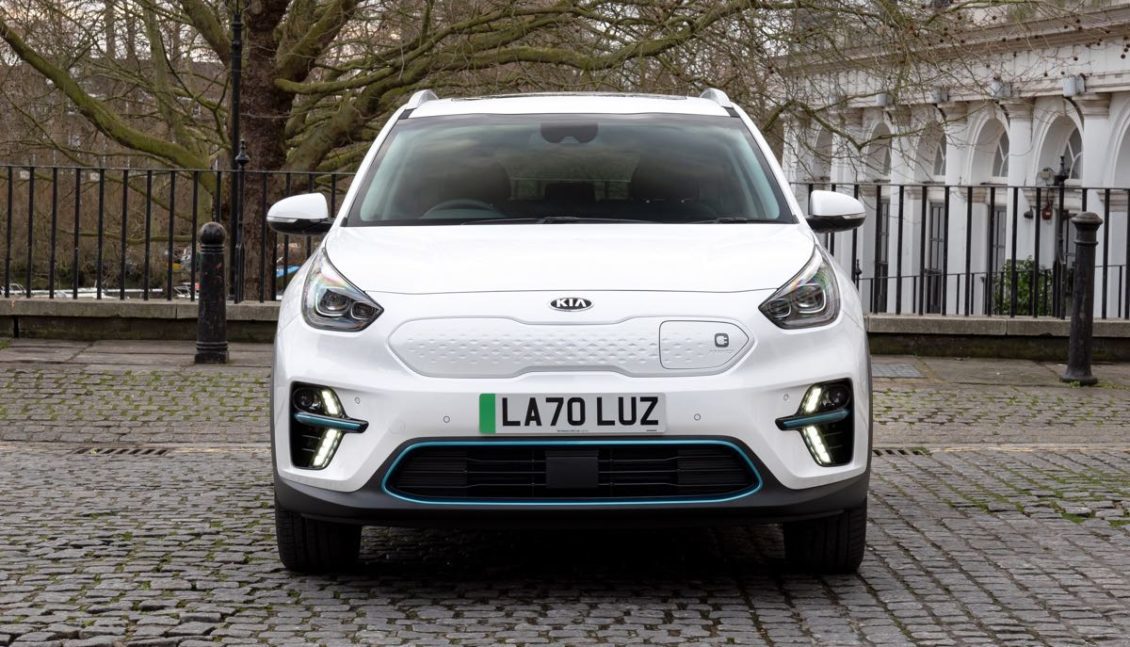
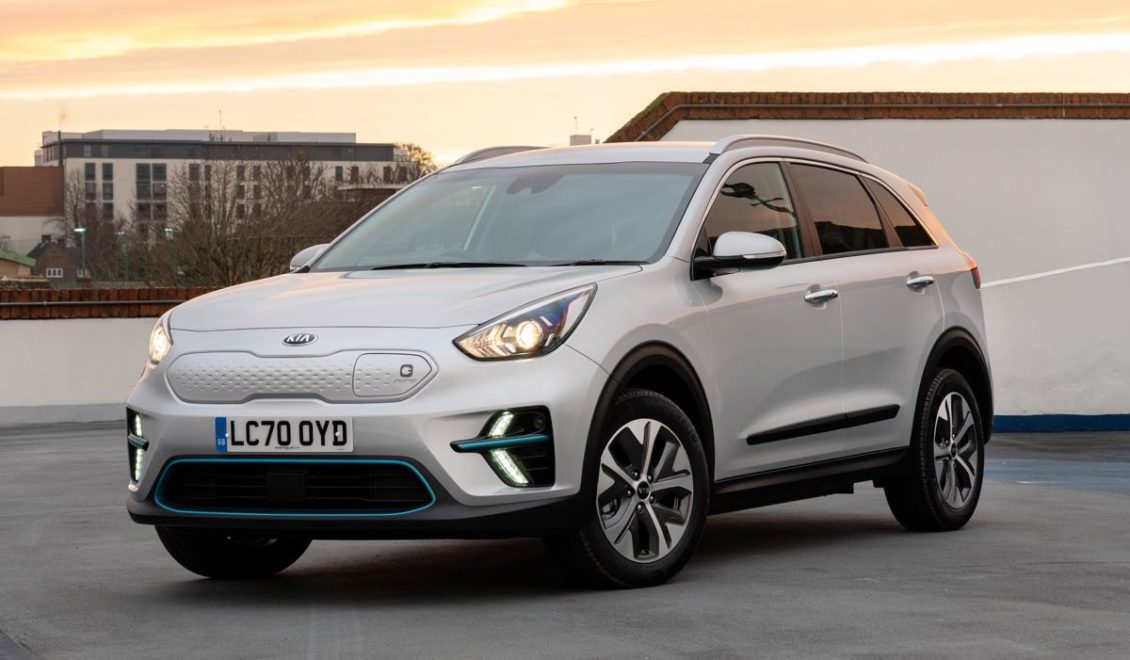

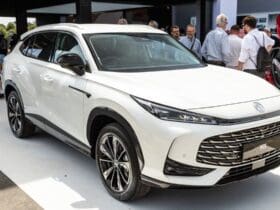

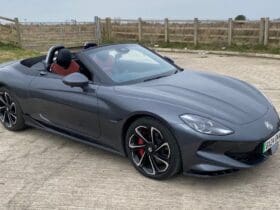
Leave a Reply
View Comments